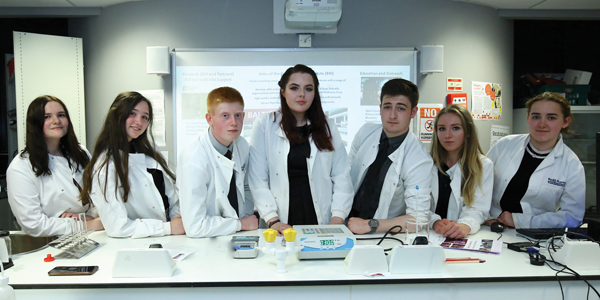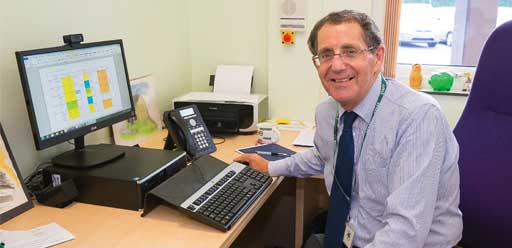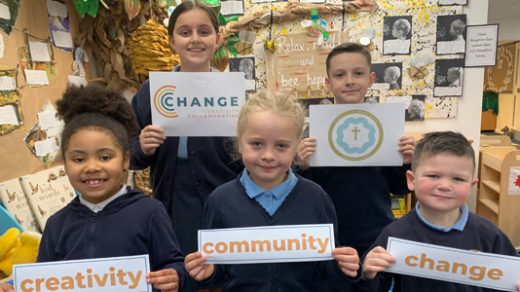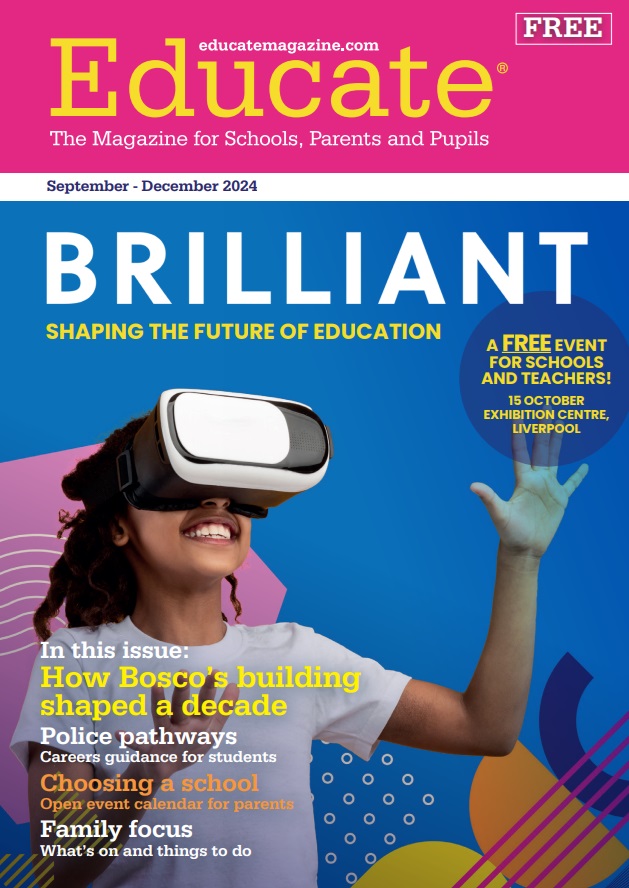A first for the region

Liverpool Life Sciences UTC has recently launched a dedicated research institute which will be led by its students.
The Baltic Research Institute (BRI) gives students a platform to develop their educational skill set whilst showcasing the research carried out during their time at the school, which specialises in science and health care for students aged 14-19.
Hailed as the first in the region, it has been set up by lead teacher for science innovation, Dr John Dyer, along with two Year 12 students, Eleni Liami and Shane Conlon, who have been appointed as co-directors.
The BRI is split into five departments; communications, education and outreach, business and partnership, advanced manufacturing, and technical centres.
A number of students will take on key roles within each of these departments.
The communications team is in charge of everything that is published about the BRI and inter-communication between the departments. Together with a yearly journal, there will be a website, blog and podcast.
Education and outreach manages the events that happen inside and outside of school.
The team facilitate primary school visits which invites local students to the UTC, giving them a chance to experience hands-on learning. It also forms partnerships with businesses keen to support the institute.
The business and partnership section controls any monetary and legal situations, whilst the advanced manufacturing team plan and develop products that the institute will sell in the future to help fund the continuation of the project.
Finally, the technical centres are divided into six sub research divisions; sustainable development, model organisms, terrestrial organisms, aquatic organisms molecular biology and microbiology.
The BRI will benefit the students in a number of ways, not just their own scientific knowledge, but by developing their organisational and leadership skills which will ultimately enable them to grow in confidence, ready for their next chapter in life.
Dr John Dyer, said: “It was important to give students the opportunity to pursue their own research interests and allow them to manage their own projects from the conception of ideas and experimental design through to implementation, analysis and evaluation.
“The students have driven the creation of the journal and have been involved in all decisions from the title and format through to individual leadership roles and the peer review and editing process.
“Their hard work and commitment is evident for all to see and they should be very proud of the result.”
Eleni Liami, said: “The BRI is an incredibly exciting project to be part of. Whilst it is still in its infancy, we are already forming exciting partnerships with businesses keen to be involved as well as local primary schools which are unable to offer hands-on science lessons.”
St Patrick’s Catholic Primary School in Toxteth visits the UTC once a week. Its pupils are able experience practical science lessons which are delivered by the students involved with the BRI.
Year 3 teacher, Mr Larkin from St Patrick’s Catholic Primary School, said: “Our Year 3 pupils are so engaged and enthused with these fantastic practical science sessions, which are led with such skill by the Liverpool Life Sciences students.
“Our children loved using the equipment and learned so much about chemistry, biology and physics in a fun and memorable way. The students deserve special praise for supporting our SEN children so effectively.”
One pupil from the primary school, Demee said: “I enjoyed chemistry, the students acted like they were real scientists. They made me want to come to this school to learn more!”
The BRI is based on a sustainable model and each year a new team of students will be recruited with the help of the current cohort.




